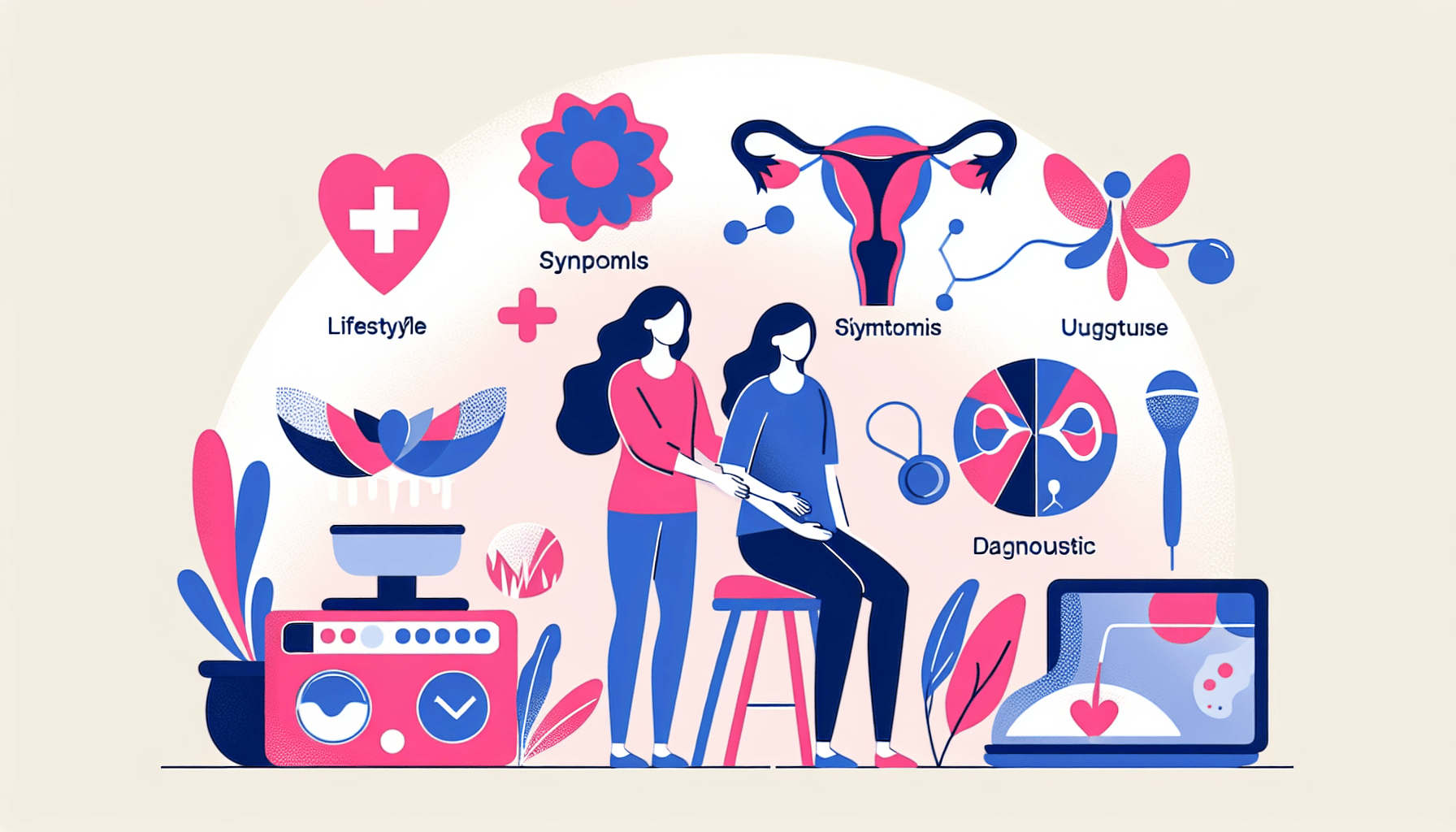Tirzepatide for Sleep Apnea - Can It Help?
Understanding Sleep Apnea and Its ChallengesSleep apnea is a common yet serious sleep disorder characterized by repeated interruptions in breathing during sleep. These pauses [...]
Read MoreUterine fibroids, also known as leiomyomas or myomas, are non-cancerous tumors that grow on or within the uterus. They are a common condition, affecting many women during their childbearing years. In this article, we'll explore the causes, symptoms, diagnosis, and treatment options for uterine fibroids.
Uterine fibroids are tumors made of muscle that can grow on your uterus. They vary in size, shape, and location, and can appear in the uterus, uterine wall, or on its surface. Some fibroids are so small that they can't be seen with the naked eye, while others can grow large enough to affect the size and shape of the uterus.
The exact cause of uterine fibroids is unknown, but several factors may contribute to their development:
Hormones: Estrogen and progesterone may stimulate fibroid growth.
Genetics: Certain genetic differences may make some women more susceptible to developing fibroids.
Other growth factors: Substances like insulin-like growth factor may play a role in fibroid growth.
Extracellular matrix (ECM): Fibroids have more ECM than normal cells, making them fibrous and ropey.
Uterine fibroids can cause a range of symptoms, from mild to severe. Some common symptoms include:
Heavy, long, or painful periods
Pain in the lower belly or back
Painful sex
Frequent urination
Discomfort in the rectum

Your doctor may suspect uterine fibroids during a routine pelvic exam. To confirm the diagnosis, they may order additional tests, such as:
Ultrasound
Lab tests
Magnetic resonance imaging (MRI)
Hysterosonography
Hysterosalpingography
Hysteroscopy
Treatment for uterine fibroids depends on several factors, including the severity of symptoms, desire for pregnancy, age, and the location of the fibroids. Options include:
Watchful waiting
Medications
Surgery (myomectomy, endometrial ablation, uterine fibroid embolization, hysterectomy)
Your doctor will work with you to determine the best treatment plan for your individual needs.
While uterine fibroids cannot be prevented entirely, certain lifestyle habits may help reduce your risk:
Maintaining a healthy diet low in sugar and high in fresh fruits and vegetables
Engaging in regular exercise
Managing stress levels
By making these positive changes, you may be able to lower your chances of developing uterine fibroids or experiencing severe symptoms.
Most people with uterine fibroids can become pregnant without complications. However, in some cases, fibroids can cause infertility or pregnancy loss. If you are pregnant and have fibroids, you may be at a higher risk for certain health problems, such as preterm labor or restricted fetal growth. Your doctor will monitor your pregnancy closely to ensure the best possible outcome for you and your baby.
After menopause, the decrease in hormone levels often causes uterine fibroids to shrink, and symptoms may improve. However, if you experience concerning fibroid symptoms after menopause, it's essential to consult your doctor, as they could be a sign of another health issue.
For more information on uterine fibroids, visit these reputable sources:
If you suspect you have uterine fibroids or are experiencing symptoms, don't hesitate to speak with your healthcare provider. They can help you find the best treatment plan to manage your condition and improve your overall well-being.
Understanding Sleep Apnea and Its ChallengesSleep apnea is a common yet serious sleep disorder characterized by repeated interruptions in breathing during sleep. These pauses [...]
Read MoreHeart attacks are often perceived as a predominantly male health issue, but the reality is that heart disease is the leading cause of death for women worldwide. Recognizing [...]
Read MoreTelehealth has transformed the way patients access healthcare, offering convenience, speed, and accessibility that traditional in-person visits often cannot match. With the [...]
Read More